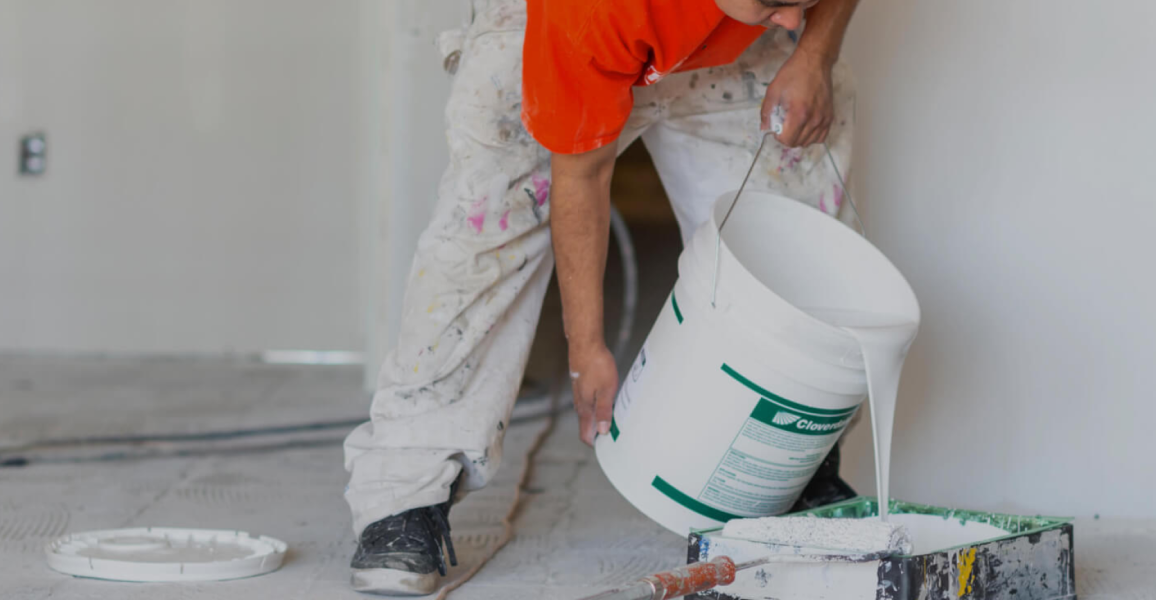What inspired you to start Italic?
My family has been in the manufacturing industry for decades and saw first hand some of the industry’s challenges. I wanted to find ways to better help manufacturers through technology. One of the most difficult aspects about manufacturing comes in the form of margins because of the involvement of brands and retailers dipping into already slim profits. At Italic, we help increase manufacturers’ margins with a streamlined global supply chain that bypasses brands and retailers whose markup adds additional cost. We wanted to focus on this area after spending time visiting and getting to know many manufacturers across a range of categories, while learning how Italic could make the most positive impact on them.
What’s been your proudest accomplishment at Italic so far?
Our team deeply cares about our customers and manufacturers. We now serve about 100 manufacturers around the world ranging from the United States to Europe, to countries in Asia like Japan, South Korea, and China. This means we're driving more business and volume to our manufacturers that they historically wouldn’t have received. We also now serve thousands of customers in the United States. Consumers are often surprised that they can buy high-quality products at better prices than a name brand would offer.
What is your team currently focused on?
We're focused on refining our product assortment and continuing to position Italic as a luxury without labels. We’re delivering products that keep our customers happy and working hard to improve and streamline our product assortment to best fit their needs. It’s important that we deliver products that keep them interested in returning for more. Luxury without labels is the cornerstone that makes up our value, brand proposition, product quality, and customer shopping experience.
How does Italic select which products to sell?
We try to focus on items you would commonly buy online. We sell unbranded versions of high-quality luxury items like clothing, outerwear, jewellery, and even skincare. Take cashmere sweaters as an example. There isn’t much variability in a black cashmere turtleneck unless they add a large logo. We instead focus on material quality and evergreen classic designs rather than constantly reinventing the wheel.
We also aim to sell items that are sold with margins sufficient enough for a customer to recognise savings. For example, diamond earrings that typically retail for $1,000, Italic will sell for $300. While it’s still a higher price point, that savings are noticeable.
Luxury without labels is the cornerstone that makes up our value, brand proposition, product quality, and customer shopping experience.
How is your team continuing to innovate on the supply chain side?
The supply chain is managed through a combination of art and science. We make educated decisions and have industry veterans that bring a lot of experience across each category we serve. We operate with about a thousand SKUs and each brings a high degree of variation.
We also have a proprietary technology backend that specifically allows us to better forecast based on Italic’s performance and how certain products perform across categories. We also have a unique financial model where we don’t purchase from manufacturers, we partner with them. They own the inventory and then we sell it on their behalf.
Can you expand on Italic's "proprietary tech solution on the backend," regarding the supply chain?
Italic operates both a brand as well as a marketplace underneath the hood, so our requirements are a bit different than the standard online brand. As a small team, we must use technology that enables us to accomplish our workflows in tracking inventory levels, managing production schedules, and coordinating production schedules and payouts as efficiently as possible. As such, we’ve invested in building and maintaining a homegrown e-commerce platform that allows us to integrate more deeply with our global supplier base and automate more of our internal processes ahead of scale.
What impacts traditional retailers the most in today’s environment?
The rising cost of goods is more challenging than ever. During the pandemic, everyone wanted to place online orders for everything. This drove material costs to rise substantially, sometimes upwards of 40%–50% from the year prior. Production also took a big hit. Unlike server space in the cloud, you can’t elastically scale production on the retail front. The costs associated with retail, from obtaining shipping containers to online advertising, put the industry in a tough position.
Currently, inflation will likely result in softening consumer demand. We expect this to affect everyone, whether you’re as big as Target or a platform like us. Most brands over-ordered in 2022 to keep up with the rising demand experienced during the pandemic, and now those manufacturers and brands are bogged down with excess inventory. It’s a complex mess of things, and it’ll take a lot of work to sort itself out.
We’ve invested in building and maintaining a homegrown e-commerce platform that allows us to integrate more deeply with our global supplier base and automate more of our internal processes ahead of scale.
How does Italic work with Stripe and where do you see the most value from this partnership?
Stripe is our single, end-to-end payment provider for both our subscription and product offerings. You power our entire checkout and subscription model, Bold. Stripe has been great in speeding up our checkout experience. On the business side, it improves our conversion rate and our average order value by 37%.
What else is Italic looking to achieve on the design side of the customer experience? How is Stripe enabling this progression?
Our customer goal is to create an experience akin to one that a customer would expect from premiere luxury brands and retailers. We aim to go above and beyond in delivering the most pleasant, efficient customer experience possible from the moment they first discover Italic to the moment they receive their products. We're constantly iterating on and improving every aspect of the customer experience, and Stripe is a big part of that. For example, we've used Stripe to unify our checkout process and make it more intuitive for our customers. We're also using Stripe to power payments for our new Bold subscription service, which launched earlier this year.
Where do you think Italic and Stripe’s values are uniquely aligned?
There are real constraints with existing e-commerce platforms and, as a company, you have to build it a certain way. It’s critical to the customer experience and requires skills and determination to build a functional custom platform. There are a lot of things we want to do on the design side of the experience, such as developing a unique, first-in-class membership programme. Stripe has allowed us to seamlessly build this into our platform.
We have ambitions of growing and scaling Italic. We feel confident that Stripe will help us do that, both by helping us serve our current customers and many new customers as we continue to grow. Communication between our teams has been nothing but supportive and a true partnership. This level of care and commitment is what we strive to offer our customers as well.
Stripe has been great in speeding up our checkout experience. On the business side, it improves our conversion rate and our average order value by 37%.

